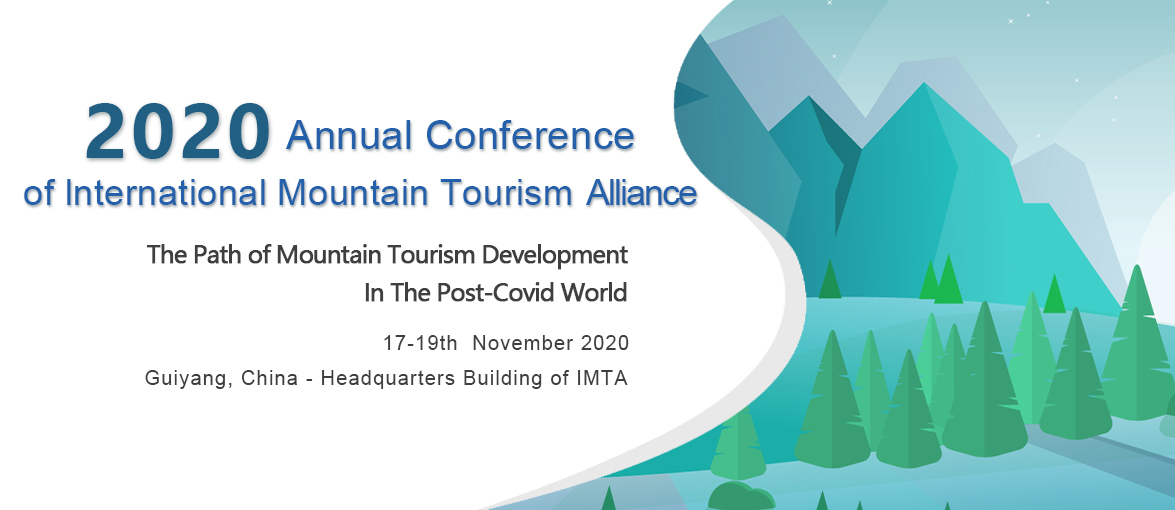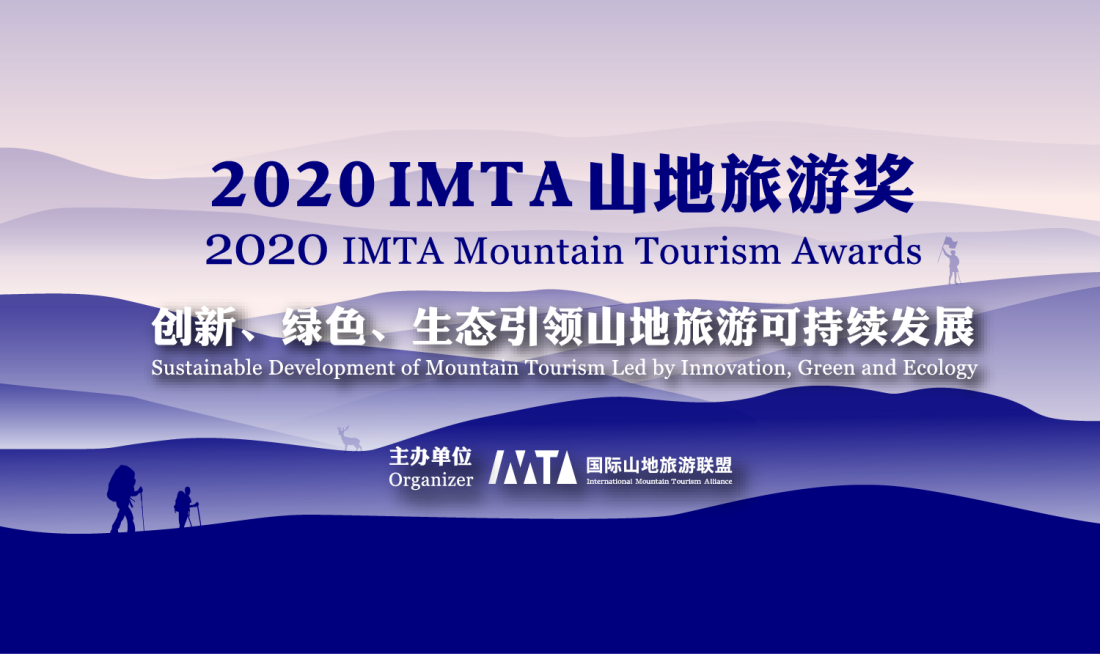In the first half of 2022, the passenger flow heat of tourist cities decreased as a whole, and the contraction of local tourism market was more obvious; June became a watershed between passenger flow contraction and recovery, and the recovery speed decreased from near to far; During the summer, more passenger flows flowed northward from cities with epidemic outbreaks, and the pressure on prevention and control in northern cities increased; The impact of the epidemic on the popularity of tourist flows in tourist cities shows signs of weakening.
On July 22, the China Tourism Research Institute (data center of the Ministry of culture and Tourism) held the third quarter academic achievement conference. The China Tourism Research Institute (data center of the Ministry of culture and Tourism) & China Telecom tourism big data joint laboratory released the report on Tourism Heat in the first half of 2022. Dr. Zeng Tian made a report on behalf of the research group. The report mainly analyzes the overall situation of tourism heat in the first half of 2022, the characteristics of regional passenger flow heat, and the impact of the epidemic on Urban Tourism Heat [1]. The core points are as follows: in the first half of 2022, the passenger flow heat of tourist cities declined as a whole, and the contraction of local tourism market was more obvious; June became a watershed between passenger flow contraction and recovery, and the recovery speed decreased from near to far; During the summer, more passenger flows flowed northward from cities with epidemic outbreaks, and the pressure on prevention and control in northern cities increased; The impact of the epidemic on the popularity of tourist flows in tourist cities shows signs of weakening.
1、 The overall passenger flow of tourist cities has declined, and the contraction of local tourism market has become more obvious
In the first half of the year, the total tourist volume showed the spatial distribution characteristics of "two points and one line". The "one line" is along the Yangtze River Basin, including Chengdu, Chongqing, Wuhan, Shanghai and other places, with a high proportion of the total tourist volume. The "two points" are Beijing and Guangzhou. The distribution characteristics of the total tourist volume are formed by the local tourist volume and the inbound tourist volume. Among them, the triangular area between Shanghai, Zhengzhou and Beijing is the most concentrated local tourist volume. The area is densely populated, and the epidemic control makes the majority of local tourists. The inbound tourist volume is characterized by the obvious advantages of multiple single point cities.
Compared with the same period in 2021, the decrease of local tourists in the first half of 2022 is 8% more than that of foreign tourists, and the proportion of local tourists is still higher than that of foreign tourists. During the epidemic period, the overall contraction of foreign tourists was obvious, and the base number was not high. Compared with last year, the decline of foreign tourists in the first half of the year was relatively small. In June, the tourism fever picked up, and the total urban passenger flow of tourists recovered to about 60% of the same period last year. The overall recovery of the eastern region was better than that of the western region. In the first half of 2022, the proportion of local tourists decreased by 14.53%, and cities with a high proportion of local tourists were mainly distributed in the northeast, southwest, North China, western Xinjiang and other regions.
2、 June became a watershed between passenger flow contraction and recovery, and the recovery speed decreased from near to far
Affected by the second quarter, the inflow of tourists in the first half of the year decreased significantly compared with that in 2021. However, the tourism fever gradually picked up in June, and the recovery rate in the central region was better than that in other regions. Compared with the same period in 2019, the recovery rate of inbound tourists in the first half of 2022 was 24.8%, and the recovery rate of some cities in Sichuan, Yunnan, Inner Mongolia, Xinjiang and other provinces exceeded 50%. Compared with 2021, the cities with increased inflow of tourists are distributed in the diagonal line of northeast southwest. In June, the tourism heat gradually picked up, and the inflow of tourists recovered to 45.1% of the same period last year. Among them, the recovery rate in the central region was better than that in other regions. Compared with the first quarter, the inflow of tourists in the second quarter decreased by 23.4% month on month, and some cities in Tibet and Inner Mongolia showed an upward trend month on month.
In the first half of 2022, the density of foreign tourists varies significantly from east to west, and the spillover effect of high heat cities is prominent. Urumqi stands out in the northwest, and the density of foreign tourists is significantly higher than that of other cities in the region. Cities with a high density of foreign tourists are mainly distributed in cities with a large inflow of tourists and their surrounding areas, such as Huangshi and Huanggang in Wuhan and its surrounding areas, Xianyang in Xi'an and its surrounding areas, Deyang, Meishan and Guangyuan in Chengdu and its surrounding areas. The density of foreign tourists in the second quarter was significantly lower than that in the first quarter on the whole. Only a few cities such as Dongguan, Zhongshan and Shaoxing in Guangdong increased.
In the first half of the year, the popularity of cross city travel in most cities across the country decreased, and the market rebounded in June. The popularity of cross city travel in the eastern region rebounded faster than that in the western region. Compared with 2019, in the first half of 2022, the outflow of tourists from most areas recovered to 25-50% of that before the epidemic, and the recovery rate of western Xinjiang, Western Sichuan and the surrounding areas of Changbai Mountain was higher than 50%. Compared with 2021, the outflow of tourists from more than 90% of cities in the first half of the year decreased. Compared with the first quarter, the outflow of tourists from a small number of cities increased in the second quarter, which was less affected by the epidemic. In June, the popularity of inter city travel rebounded, and the recovery speed in the eastern region was faster than that in the western region.
In the first half of the year, the local travel heat was higher than the overseas travel heat. In June, the local travel heat recovered better than the overseas travel heat. Compared with the same period in 2021, the local travel volume of tourist cities in 2022 will decrease significantly, but the proportion of local travel volume is still higher than that of foreign travel volume. In June, the local travel volume of tourist cities recovered to 80% of 2021, and the foreign travel volume recovered to 45% of 2021. The recovery of central and western regions is generally better than that of eastern regions.
3、 During the summer, more urban passenger flows flowed northward, and the pressure on prevention and control in northern cities increased
The number of tourists can reflect the epidemic risk and epidemic prevention pressure of airports, high-speed railway stations and other places in the source or destination of tourists. The density of foreign tourists can reflect the epidemic risk and epidemic prevention pressure caused by tourists to the destination scenic spots, scenic spots and other tourist places with more tourists after arriving at the destination. Local travel fever can reflect the risk of local epidemic spread. The higher the index value, the higher the epidemic risk and the greater the epidemic prevention pressure. In the first half of the year, the airports and high-speed railway stations in Chengdu, Guangzhou and other places where the inflow and outflow of tourists are both large also have greater pressure on epidemic prevention. It is necessary to prevent both foreign epidemics and local epidemics from spreading outward. Beijing, Xi'an, Wuhan, Chengdu and the surrounding cities have a higher density of foreign tourists, which leads to a higher epidemic risk in scenic spots, scenic spots and other tourist places. In the first half of 2022, Chongqing, Beijing, Chengdu and other cities with the highest number of local tourists are under greater pressure to prevent local proliferation; In the first half of the year, Changsha, Yinchuan and other places with the highest travel frequency of local tourists have a higher risk of spreading the epidemic locally.
At present, the cities with newly confirmed cases in July mainly include Beihai in Guangxi, Lanzhou in Gansu, Shenzhen in Guangdong and Chengdu in Sichuan. The epidemic situation in these cities has the risk of spreading to other places, and the more tourists the corresponding destination receives, the greater the risk. For example, the corresponding destinations of Beihai are mainly cities in the province and the neighboring province of Guangdong. The corresponding destinations of Lanzhou include cities in the province, Urumqi, Chengdu, Chongqing, etc. the corresponding destinations of Shenzhen are concentrated in the East, northeast and Urumqi. As the number one tourist source, Chengdu has the largest number of destinations and the widest range. In summer, the number of tourists from Lanzhou, Chengdu, Shenzhen and other places to the northwest and northeast increased, which increased the pressure of epidemic prevention in the north.
4、 The impact of the epidemic on tourist flow in tourist cities shows signs of weakening
Tourist cities saw a pick-up in passenger flow in June, and there is a high probability that it will continue to pick up on this basis in July. The regions with the most obvious growth in June were the Yangtze River Delta and Northeast China, and some cities in Tibet and Xinjiang also showed obvious growth. With the further promotion of scientific epidemic prevention and precise prevention and control in various places, the impact of the epidemic on Tourism fever shows signs of weakening. In summer, high temperatures break out in many places. The northeast, northwest and Inner Mongolia regions with higher latitudes, as well as the middle and high altitude regions such as Yunnan and Guizhou, are more attractive for tourism. Outdoor tourism activities will be limited due to high temperatures. Recreation areas with high vegetation coverage can provide tourists with more space for outdoor activities, which will be more popular with tourists.














